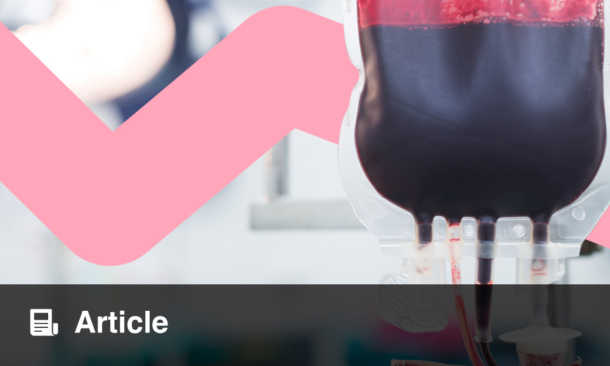DEADLY liver cancer may have met its match, with the discovery of stem cell markers in the biological makeup of hepatocellular carcinoma.
Despite intensive chemotherapy treatments, hepatocellular carcinoma patients often experience a relapse due to residual, chemo-resistant stem cells. Roughly 24,550 deaths were attributable to liver cancer in 2015, and currently only 17.5% of diagnosed patients survive ≥5 years. The stem cell marker NANOG, the ‘bad seed’ of liver cancer, has now been isolated as a target for mitochondria-metabolism therapy in an effort to cut off these multiplying stem cells at their source.
NANOG is rarely present in early stage cancer. However, by Stage III, the marker’s presence can be overwhelming. NANOG rewires the metabolism in stem cell mitochondria by controlling the gene expression of mitochondrial metabolic pathways. In doing so, the stem cells are reprogrammed to use fatty acids rather than glucose, promoting the growth and metastasis of liver tumours.
Ideally, scientists want to breakdown this gene expression to prevent the genetic reprogramming and eradicate resistance to sorafenib, the most common liver cancer chemotherapy. “If we shut down this alternative pathway, the liver cancer will become sensitised to chemotherapy again,” said Dr Keigo Machida, Associate Professor of Molecular Microbiology and Immunology, Keck School of Medicine, University of South California, Los Angeles, California, USA. To understand how NANOG redefines the genetic expression of stem cells to facilitate tumour growth, investigations of the proteins, messenger RNA, and cell metabolism in the liver were conducted.
This study has successfully identified the pathways enabling tumour growth; the next job will be to innovate therapeutic strategies aimed at streamlining and personalising individual patient treatment. The potential impact of this discovery is clear to see, as Dr Machida explained: “In the future, we might be able to give liver cancer patients a shot that will infuse NANOG-targeted therapy into the blood stream. Wherever blood circulates, we will be able to deliver new instructions to the bad seeds of cancer.”
(Image: freeimages.com)








